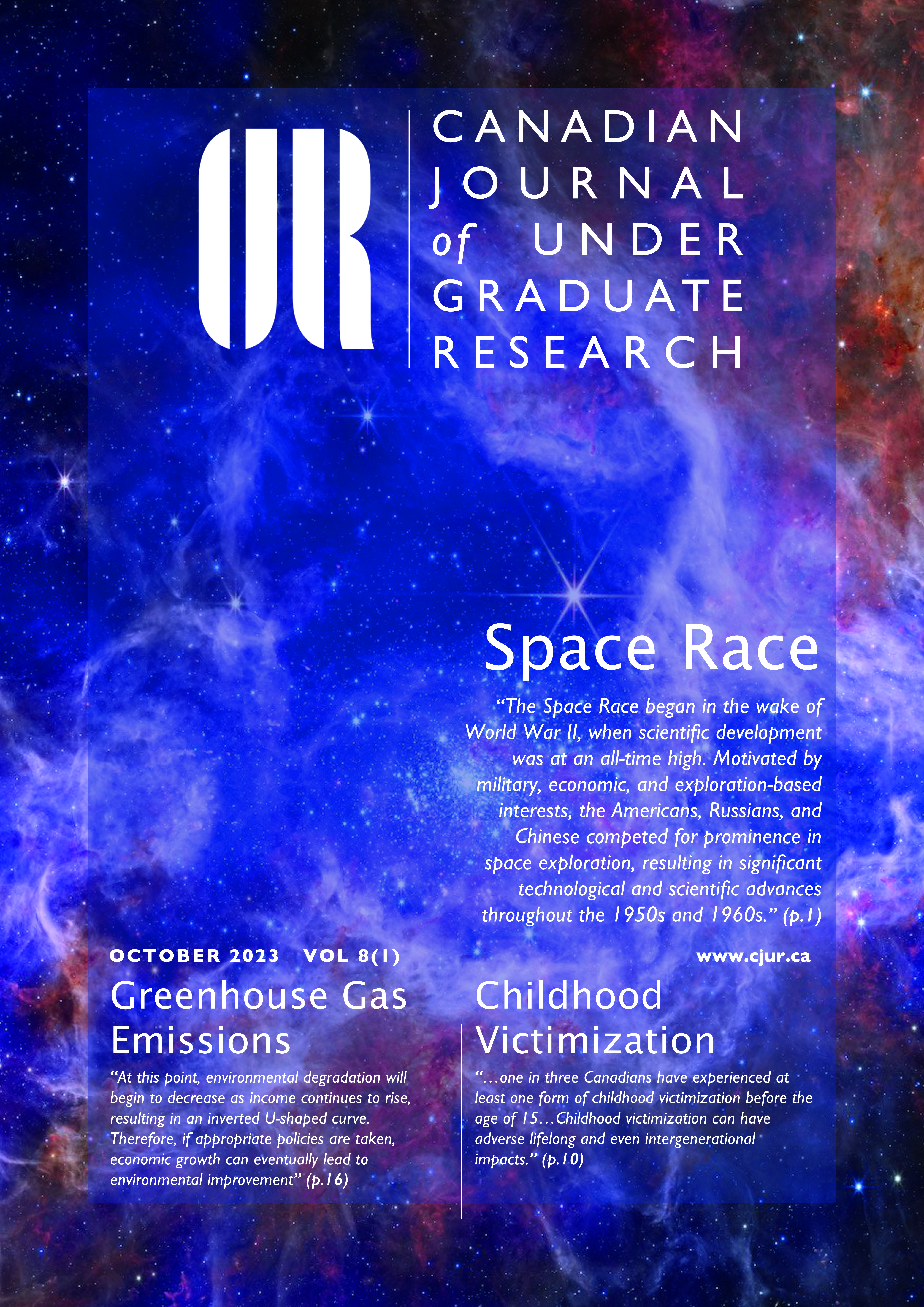Design of an asymmetrically biased triple Langmuir probe and accompanying diagnostics tool
Abstract
A refined triple Langmuir probe design is described for use in a glow discharge device, which creates plasma by applying a large bias voltage across a neutral gas. The goal is to design a Langmuir probe which can measure the plasma temperature, density, and floating potential to within an order of magnitude while minimizing plasma perturbation. The probe functions in a plasma temperature range of 1-10 eV. First, an overview of the relevant theory is provided, followed by the design assumptions and a derivation of the working regime of the Langmuir probe. This working regime dictates the appropriate branch of Langmuir probe theory whose equations can be used to design the probe and extract the plasma electron temperature, density, and floating potential. Second, the probe’s radius, length, and electrode spacing are derived using the applicable branch of Langmuir probe theory. The derived probe radius, length, and electrode spacing are 0.18 mm, 3 mm, and 55 mm, respectively. Third, an overview of the electrical design used to measure the triple probe voltages and currents is described. Finally, a discussion of the limitations and future work is provided, with methods listed to improve the specificity of the relevant theory and the accuracy of the probe measurements.
Downloads
Published
Issue
Section
License
Authors who publish with this journal agree to the following terms:
- Authors retain copyright and grant the journal right of first publication with the work simultaneously licensed under a Creative Commons Attribution License that allows others to share the work with an acknowledgement of the work's authorship and initial publication in this journal.
- Authors are able to enter into separate, additional contractual arrangements for the non-exclusive distribution of the journal's published version of the work (e.g., post it to an institutional repository or publish it in a book), with an acknowledgement of its initial publication in this journal.
- Authors are permitted and encouraged to post their work online (e.g., in institutional repositories or on their website) prior to and during the submission process, as it can lead to productive exchanges, as well as earlier and greater citation of published work (See The Effect of Open Access).

